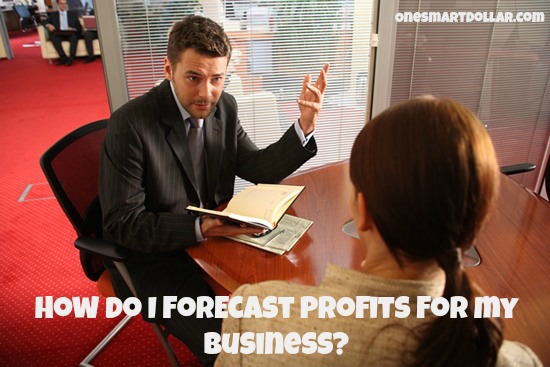
When planning to forecast your income for the next year, you must skip all the dreams existing in your mind and immerse in clear commercial calculations. It doesn’t matter if you are a beginner or an experienced business owner, forecasting is a must-do.
Real entrepreneurs who have already achieved commercial heights never rely on luck – they prefer to gain success using their own brains and skills. Some of them are staffed by professional marketers to explore new market niches and find flexible financing solutions. The conclusion is the following: forecasting costs and profits should be made first and foremost! Any commercial success is far from simple luck. It is the result of carefully thought-out actions of the entrepreneur. Many business owners create a business with zero or low returns, hoping that sometimes things will get better. Usually this “sometimes” never comes. Business must bring money every single day – otherwise, it makes no sense to start it. Therefore, it is important to engage in forecasting expenses and profits.
Forecasting possible profits
When forecasting your income for the next year, it is better to take into account not only the optimistic scenario, but also to forecast profits provided by the pessimistic scenario. As a rule, 70% of it goes as written in the worst-case scenario. When it comes to planning profits what you need is:
- estimated number of customers;
- the price they are willing to pay;
- seasonal fluctuations and other factors directly related to business.
Don’t forget about organizational costs – the amounts required for one-time payments. This is the cost to purchase equipment, transport, office reconstruction, registration fees, and so on. Organizational costs must be calculated separately from the ongoing costs associated with the work of the enterprise. When predicting organizational expenses, it is better to count on a little more.
Calculate your fixed charges – these include rent, salaries, insurance and administrative costs. Also, think of the so-called variable expenses – these are costs that are directly related to the volume of production and sales of your products (cost of materials and costs for manufacturing, cost for customer service).
In fact, forecasting your profits is very interesting to do. You are immersed in your business and start to understand it deeper and better. That means you are receptive to evaluate new ideas and subconsciously show a more responsible approach to your business.
